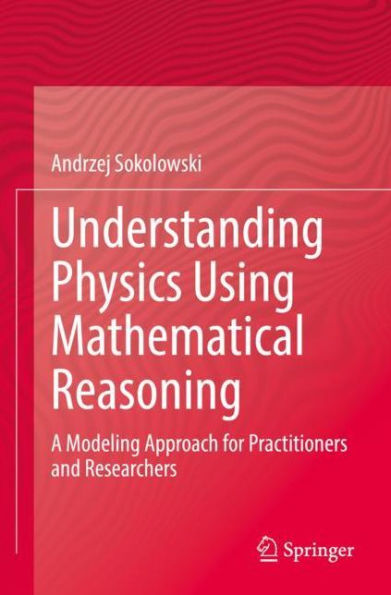Table of Contents
PART I: Synthesis of current research on developing mathematical reasoning in physics education
Chapter 1. The nature of physics
Chapter 2 The role of mathematics in learning physics
Chapter 3 Challenges of developing mathematical reasoning in physics.
Part 2: Developing Theoretical Framework
Chapter 4 Algebraic functions as a tool for predicting system behavior
Chapter 5 Functions as a visual aid to visualizing relations between system quantities
Chapter 6 Conceptualizing function attributes.
Chapter 7 STEM modeling as a means of converting relations between physical quantities into
Part 3. Collection of Case Studies
Chapter 8 Linear functions and modeling uniform motion
Chapter 9 Linear functions and modeling the photoelectric effect
Chapter 10 Parametric equations and modeling projectile motion
Chapter 11 System of equations and modeling Newton’s laws
Chapter 12 Rational functions and modeling the Doppler Effect
Chapter 13 Rational functions and modeling the lens equation
Chapter 14 Rational functions and modeling parallel connections
Chapter 15 Rational functions and modeling forces of gravity
Chapter 16 Trigonometric functions and modeling torque



